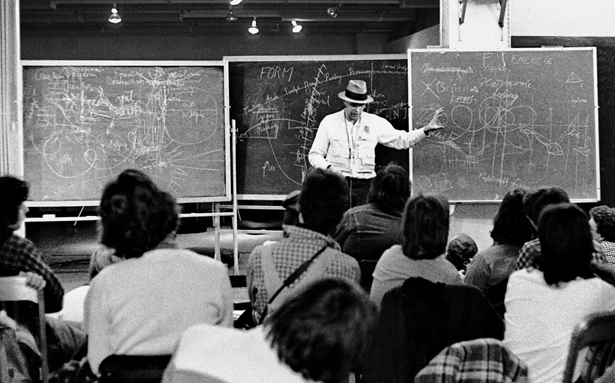Introduction and Teaching with Spatial Writing 22/01/20

Introduction and Spatial Writing
Today’s session started with an ice breaker where the group was split into pairs, we then had to take it in turns to draw the other person, without looking, while they spoke about themselves. It was interesting to see that making people comfortable (and this extends to students as well) is about distracting them from overthinking situations — this is exactly what the humorous drawing without looking exercise propagated.

After this exercise everyone gave a short presentation about their work, and it was brilliant to see the range of different skills and interests from across UAL. It was particularly fascinating to see people from less creative backgrounds (business and management etc.) talking creatively about their work, and naturally showing everything is creative — the separation is not helpful.
In my own presentation I included work by my design unit at Oxford Brookes; spoke about my work at the University of Bergen including my lecture on the similarity between Kim Kardashian’s Instagram account and the English Landscape Garden movement; my drawing of Castle Drogo for the National Trust and my work with LOBBY magazine. Finally, I described how my main interest is the space of writing and how I have experimented with teaching students about essay, paragraph and sentence structure using spatial metaphors and floor plans. As my students are usually spatial thinkers this has acted as a good buffer between the nonlinearity and abstract chaos of the design process (seen most clearly in the free-association of a sketchbook) and the linearity of writing. This triggered a fruitful discussion about how this method of teaching could help students with learning difficulties, such as dyslexia, because there is a tendency for such people to be stronger in spatial perception and thinking.
